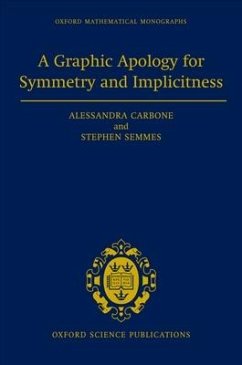This book brings into focus the contrast between explicit and implicit algorithmic descriptions of objects and presents a new geometric language for the study of combinatorial and logical problems in complexity theory. These themes are considered in a variety of settings, sometimes crossing traditional boundaries. Special emphasis is given to moderate complexity - exponential or polynomial - but objects with multi-exponential complexity also fit in. Among the items under consideration are graphs, formal proofs, languages, automata, groups, circuits, some connections with geometry of metric spaces, and complexity classes (P, NP, co-NP).
Succinct representation and fast access to large amounts of data are challenges of our time. This unique book suggests general approaches of 'complexity of descriptions'. It deals with a variety of concrete topics and bridges between them, while opening new perspectives and providing promising avenues for the 'complexity puzzle'.
Succinct representation and fast access to large amounts of data are challenges of our time. This unique book suggests general approaches of 'complexity of descriptions'. It deals with a variety of concrete topics and bridges between them, while opening new perspectives and providing promising avenues for the 'complexity puzzle'.

